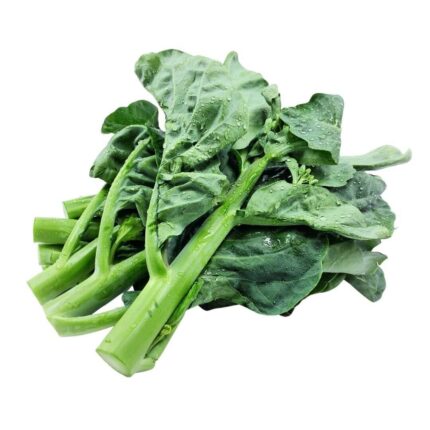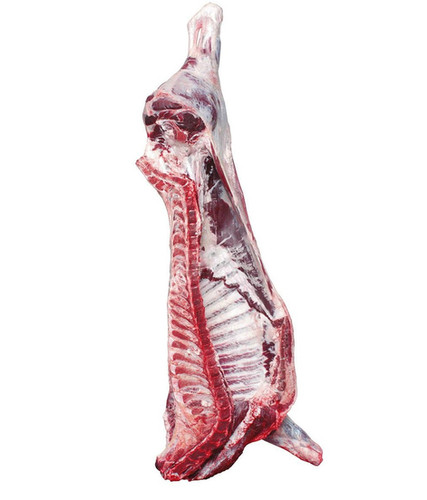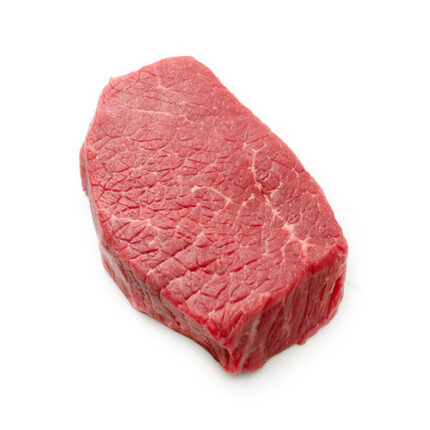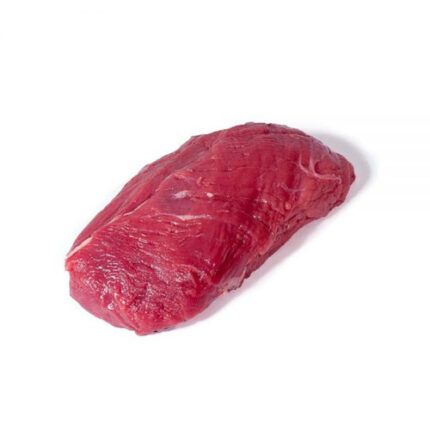24 pieces
Romaine Lettuce aka “Cos”, “Chang-Sheng-Cai”, “Luo-Ma-Sheng-Cai”, “长生菜”, “罗马生菜”, “長生菜”, “羅馬生菜”
Romaine lettuce has an elongated, almost loaf-like shape, with dark-green outer leaves that ripple along the edges. The center leaves fade to lighter green and yellow. Romaine lettuce has a refreshing crisp with a slightly bitter taste. It is a popular ingredient for salads, wraps, and sandwiches. Romaine lettuce is available year-round.
Handling Tip
Selection
Romaine lettuce has no signs of yellowing and wilting.
Leaves have no bruises and stem without brown spots.
Storage
Romaine lettuce should be stored as close to 32°F (0°C) as possible with a relative humidity of ninety-eight to a hundred percent and light mist.
The typical shelf life is up to four weeks. High humidity is important to avoid loss of moisture and wilting.
Romaine lettuce is sensitive to ethylene, a naturally occurring gas that regulates ripening. Romaine lettuce should not be stored with high ethylene-producing products to extend shelf life and avoid russet spotting and leaf yellowing. Romaine lettuce produces a low level of ethylene.
Romaine lettuce is not sensitive to chilling injury but is easily damaged by freezing. The freezing point for Romaine lettuce is 31.6°F (-0,2°C) must be avoided. Freezing injury symptoms include dried and translucent leaves.
Creating clear and transparent shipping and handling policies is crucial for a commodity trading company like Agropastoral Products Co., Ltd. Here's a framework for the Shipping and Handling Policy:
1. Shipping Policy:
a. Shipping Process: - Detail the steps involved in the shipping process, from order placement to delivery.
b. Shipping Rates: - Specify the shipping costs associated with various products or order amounts.
c. Delivery Timeframe: - Provide estimated delivery times based on location and shipping method.
d. Shipping Carriers: - Name the shipping carriers used and any partnerships that may influence shipping.
e. International Shipping: - Explain international shipping options, rates, and potential customs or import duties.
f. Tracking Information: - Describe how customers can track their orders and obtain tracking information.
g. Shipping Restrictions: - List any countries, regions, or products where shipping may be restricted or limited.
2. Handling Policy:
a. Packaging: - Describe how products are packaged to ensure safe transit and delivery.
b. Quality Assurance: - Explain any quality control measures or checks in place during the handling process.
c. Fragile Items: - Provide special handling instructions for fragile or delicate commodities.
d. Inventory Management: - Detail how inventory is managed to maintain accuracy and prevent errors in order fulfillment.
e. Returns and Exchanges: - Outline the process for handling returns, exchanges, or replacements related to shipping issues or damaged items.
3. Additional Policies:
a. Lost or Damaged Items: - Explain the procedure for reporting and addressing lost or damaged items during shipping.
b. Split Shipments: - Describe under what circumstances the company may split an order into multiple shipments and how this is communicated to the customer.
c. Free Shipping Offers: - Clarify conditions for free shipping, such as minimum order amounts or specific products.
d. Holiday or Peak Season Shipping: - Provide information about any special considerations or delays during peak seasons or holidays.
e. Force Majeure: - Address how the company handles unforeseen events like natural disasters, strikes, or other force majeure events affecting shipping and delivery.
f. Contact Information: - Provide contact details for customers to reach out for shipping-related queries, concerns, or support.
Regularly update and review these policies to ensure they align with your company's operations and any changes in shipping or handling processes. Communicating these policies clearly to your customers will help manage their expectations and provide a positive shopping experience.
















Reviews
There are no reviews yet.